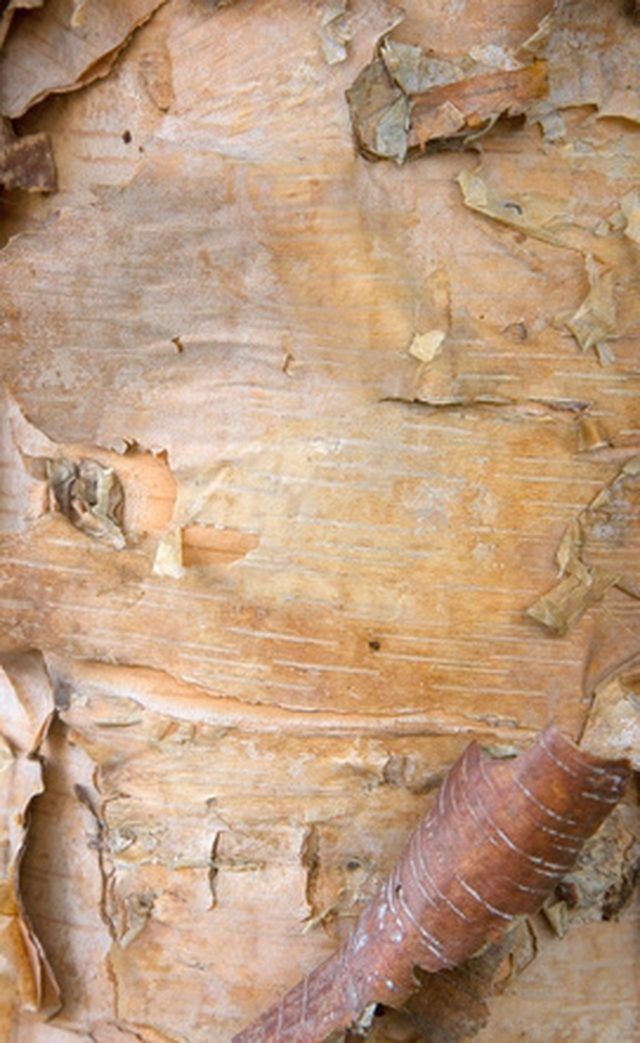Bulbs
Flower Basics
Flower Beds & Specialty Gardens
Flower Garden
Garden Furniture
Garden Gnomes
Garden Seeds
Garden Sheds
Garden Statues
Garden Tools & Supplies
Gardening Basics
Green & Organic
Groundcovers & Vines
Growing Annuals
Growing Basil
Growing Beans
Growing Berries
Growing Blueberries
Growing Cactus
Growing Corn
Growing Cotton
Growing Edibles
Growing Flowers
Growing Garlic
Growing Grapes
Growing Grass
Growing Herbs
Growing Jasmine
Growing Mint
Growing Mushrooms
Orchids
Growing Peanuts
Growing Perennials
Growing Plants
Growing Rosemary
Growing Roses
Growing Strawberries
Growing Sunflowers
Growing Thyme
Growing Tomatoes
Growing Tulips
Growing Vegetables
Herb Basics
Herb Garden
Indoor Growing
Landscaping Basics
Landscaping Patios
Landscaping Plants
Landscaping Shrubs
Landscaping Trees
Landscaping Walks & Pathways
Lawn Basics
Lawn Maintenance
Lawn Mowers
Lawn Ornaments
Lawn Planting
Lawn Tools
Outdoor Growing
Overall Landscape Planning
Pests, Weeds & Problems
Plant Basics
Rock Garden
Rose Garden
Shrubs
Soil
Specialty Gardens
Trees
Vegetable Garden
Yard Maintenance
River Birch Tree Problems
River Birch Tree Problems. The river birch (Betula nigra) has attractive characteristics such as feathering orange bark and solid foliage. This birch, which grows throughout much of the southern half of the eastern United States, suffers from relatively few problems compared to other birches.

The river birch (Betula nigra) has attractive characteristics such as feathering orange bark and solid foliage. This birch, which grows throughout much of the southern half of the eastern United States, suffers from relatively few problems compared to other birches.
Common Problems
Among the approximately 15 common problems faced by an ornamental river birch or one in the wild are heat stress, nutrient deficiencies, iron chlorosis and insect pests known as aphids, according to the Missouri Botanical Garden. River birches on rare occasions will develop ailments, including verticillium wilt and leaf spot diseases.
Environmental Stresses
River birches react to environmental stresses problems such as heat stress. Extreme drought causes leaves to drop, and high alkaline levels in the soil cause leaves to turn yellow, according to the Ohio Department of Natural Resources, before dropping off.
Natural Stressors
Large infestations of aphids will suck the fluids and juices from the leaves and the stems of a river birch. In the wild, where river birches typically grow close to waterways, large ice floes breaking away during winter thaws and coming downstream have the ability to seriously damage and even destroy stands of river birches.